Introduction
Have you ever wondered why your green tea is turning brown instead of its signature vibrant green hue? Many factors can contribute to this unexpected change, including oxidation, steeping methods, water quality, and even tea storage.
As a tea lover, it’s important to understand these causes to enjoy the best possible flavor and maximize the health benefits offered by green tea.
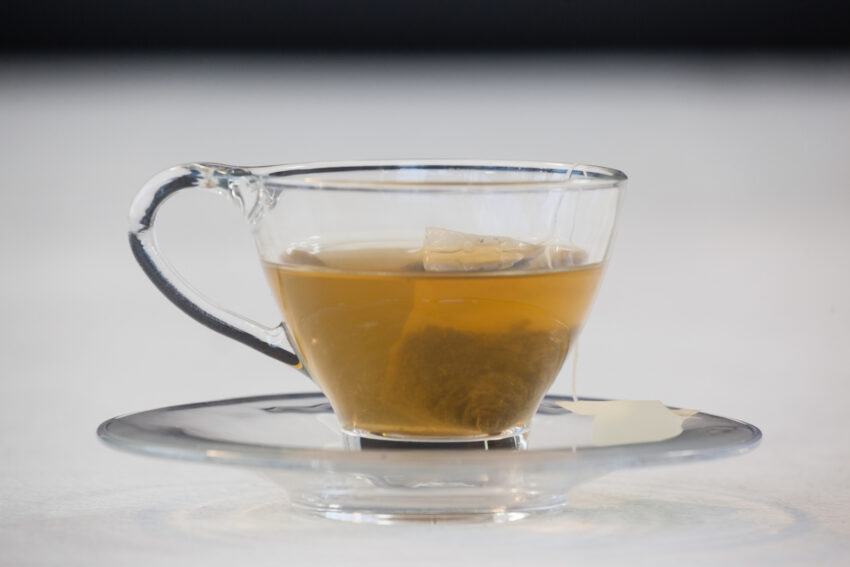
In this blog post, we’ll delve into the reasons behind this puzzling phenomenon and provide tips on how to prevent it from happening to your next cup.
Key Takeaways
- Green tea can turn brown due to oxidation, over-brewing or steeping, water quality, and improper tea storage.
- Over brewing or steeping green tea for too long can cause catechins in the leaves to break down and oxidize, resulting in a chemical reaction that changes the color of the tea from green to brown in the resulting brew. Following recommended brewing time and temperature can help prevent this.
- Water quality impacts the taste and color of the brew. Using filtered or soft water is highly recommended for optimal flavor results.
- Proper storage techniques such as using an airtight container away from light and moisture are crucial in maintaining the freshness of high-quality loose-leaf greens whilst preventing unwanted oxidation leading to discoloration.
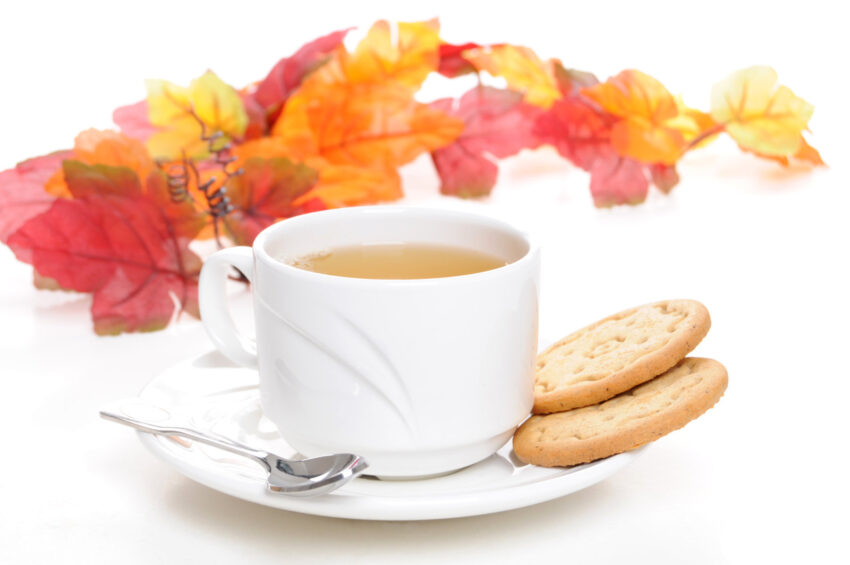
Reasons Why Green Tea Turns Brown
Green tea brews can turn brown due to oxidation, over-brewing or steeping, water quality, and improper tea storage.
Oxidation
Oxidation plays a significant role in determining the color, taste, and aroma of your green tea. This natural chemical process occurs when tea leaves come into contact with oxygen, leading to changes in their molecular structure.
Bright green tea is typically less oxidized compared to other types of tea such as oolong tea or black tea which gives it its distinct color and flavor profile. However, if you notice your green tea turning brown during preparation, it could be due to excessive exposure to air either before or during the brewing process.
In one notable example involving poor storage practices, a high-quality Japanese Sencha developed an unpleasantly dark hue after being stored for an extended period in a non-airtight container exposed to direct sunlight.
Over-brewing Or Steeping
One of the main reasons why green tea turns brown is over brewing or steeping. When green tea is brewed for too long, the catechins in the leaves start to break down and oxidize, causing a chemical reaction that changes their color from green to brown.
To prevent this from happening, it’s best to follow the recommended brewing time and temperature on your tea package. Generally, you should steep your green tea in water that’s around 175°F (80°C), for no more than two to three minutes.
You can also experiment with different brewing methods, like using a gaiwan instead of a teapot or adjusting the number of leaves you use based on personal preference.
Water Quality
The quality of the water used to brew green tea can significantly affect its taste, aroma, and color. Tap water that has a high mineral content or chlorine can impact the flavor profile of your tea, making it bitter or metallic-tasting.
Using filtered or soft water is highly recommended for optimal flavor and color results. Also, keep in mind that room-temperature water isn’t hot enough to extract all the nutrients from your green tea leaves properly.
Another essential factor is maintaining consistency with brewing temperatures since too much fluctuation will not only result in alternating the color but also loss of nutritional value as catechins are sensitive to heat changes during steeping time.
Tea Storage
Proper tea storage is essential to maintain the flavor and aroma of green tea. To prevent brown coloration, it’s crucial to store green tea in airtight containers away from light, moisture, and strong odors.
Ideally, store your green tea leaves in cool temperatures between 32°F-68°F (0°C -20°C) with low humidity levels between 60 –70%. Humidity causes moisture content that can lead to mold growth or deteriorate the quality of leaves. This includes tea bags as well.
Furthermore, if you want to preserve the freshness of your green tea leaves for longer periods – seal them in small batches using vacuum packaging bags and keep them refrigerated until ready for use.
Ensuring that you have fresh high-quality loose leaf greens will guarantee that they retain their original hue over time without browning when brewed properly at suitable temperatures and steeping times specific to each type of leaf.
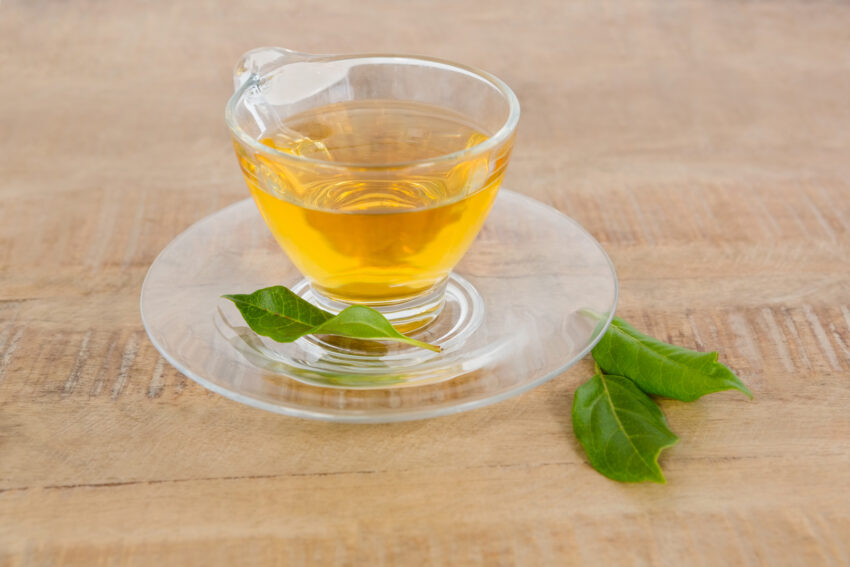
Effects Of Brown Green Tea
Brown green tea can result in changes in its taste and aroma due to the oxidation process. Additionally, it may also lead to a loss of nutritional value. You always want the bright green color for the perfect cup of tea.
Changes In Taste And Aroma
When green tea turns dark brown, there can be some changes in its taste and aroma. The flavor may become more bitter or astringent, losing the delicate notes that make it enjoyable.
The aroma could also change, becoming musty or stale due to oxidation and age. Additionally, the loss of nutritional value due to over-brewing or using low-quality leaves can further decrease the quality of your green tea experience.
Loss Of Nutritional Value
When green tea turns brown, the nutritional value of the tea can be compromised. Green tea contains catechins, a type of polyphenols that act as natural antioxidants in our bodies.
These catechins are responsible for many of the health benefits associated with drinking green tea.
Loss of nutritional value in browned green tea can also occur due to improper storage conditions. If the leaves are exposed to light or air, they can oxidize and lose their beneficial properties over time.
So if you’ve been wondering why your once bright-green cup of fresh-brewed green has suddenly turned brownish-black, don’t worry – it’s not necessarily a problem. However, it’s important to be aware that this color change could mean a loss of some valuable nutrients found in freshly brewed green teas rich in antioxidants like epigallocatechin gallate (EGCG).
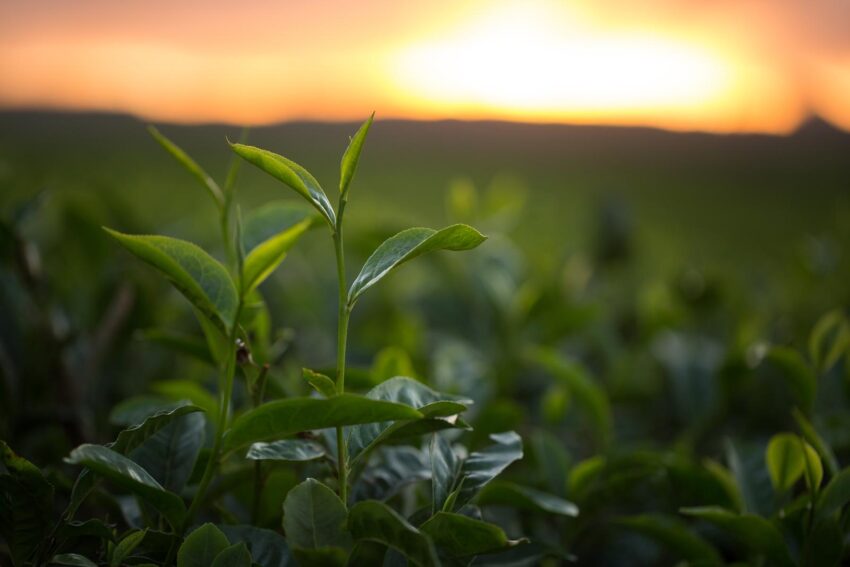
How To Prevent Brown Green Tea
Choose high-quality tea leaves, control the brewing time and temperature, use filtered or soft water, and store your tea properly to prevent green tea from turning brown.
Choosing High-Quality Tea Leaves
Choosing high-quality tea leaves is crucial to avoid brown coloration and preserve the flavor of your green tea. Opt for fresh, loose-leaf tea rather than pre-packaged or stale options.
Tea that has been processed recently tends to retain more of its natural color and flavor. You should also consider the growing conditions for the tea leaves – those grown in high altitudes under shade tend to have a vibrant green color.
Another factor that affects tea quality is leaf freshness.
In addition, knowing what you’re looking for can help guide your search for high-quality teas. For example, Japanese hojicha is roasted over charcoal at a high temperature, giving it a distinctive smoky taste and aroma that’s different from typical green teas. Avoid low-quality tea leaves.
Controlling Brewing Time And Temperature
To prevent your green tea from turning brown, it’s essential to control the brewing time and temperature of the water. The ideal water temperature for steeping green tea is between 170°F to 180°F, which is below boiling point. High water temperatures as well as lower temperatures can give a bitter taste to your cup of green tea.
Similarly, the appropriate brewing time varies based on the type of green tea you’re using. For example, Hojicha – a roasted Japanese green tea – generally requires a longer steeping time than other varieties.
Remember that over-brewing can also lead to an unpleasant taste and loss of nutritional value in your green tea.
Using Filtered Or Soft Water
Water quality is an essential factor when brewing green tea. Filtered water or soft water is preferable to hard water since it lacks minerals that can affect the taste and color of your tea negatively.
Hard water contains higher levels of calcium and magnesium. which makes it tougher for the tea’s polyphenols to dissolve, resulting in a weaker flavor. Using filtered or soft water removes these minerals and provides better-tasting green tea with a brighter color.
It also allows you to enjoy more of the full range of flavors present in high-quality leaves, improving your overall experience. You can also use high-quality bottled water or spring water.
Proper Tea Storage
Proper tea storage is essential for maintaining the quality and flavor of your green tea. To prevent your green tea from turning brown or losing its aroma, store it in a cool, dry place away from light and moisture.
If you plan on storing your green tea for an extended period, consider placing it in a refrigerator or freezer. However, be sure to let the tea come to room temperature before brewing.
Another crucial factor that affects proper tea storage is the type of container used. Avoid using plastic containers as they can affect the taste of the leaves due to chemical reactions.
By properly storing your green tea, you’ll not only extend its shelf life but also ensure that every cup delivers optimal taste and nutritional benefits that make it such a popular beverage choice among health enthusiasts worldwide!
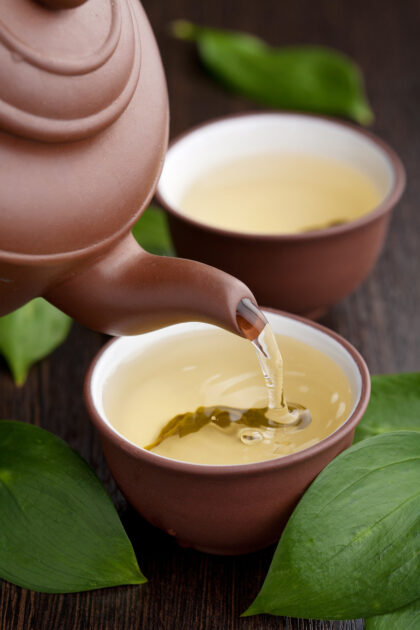
Understanding The Differences Between Brown And Green Tea
Green tea and brown tea differ in nutritional value, flavor, and benefits; understanding these differences will help you appreciate the unique characteristics of both teas.
Nutritional Value
Green tea is known for its high nutritional value and health benefits. It contains a class of polyphenols called catechins, which act as antioxidants in the body, helping to protect against cellular damage and reduce inflammation.
Catechins have been linked to a lower risk of chronic diseases like heart disease, cancer, and diabetes.
However, when green tea turns light brown due to over brewing or oxidation, it can lose some of its nutritional value. The longer the leaves are exposed to hot water or air, the more catechins will break down and oxidize.
This can result in a less potent cup of tea with fewer active antioxidants.
Flavor
The flavor of green tea can vary depending on its processing and brewing method. Green tea that has turned brown may have a more bitter taste and loss of its delicate aroma.
However, some types of browned green tea, like hojicha, are intentionally roasted to give it a nutty and toasted flavor. High-quality green tea should have a smooth and slightly sweet taste with a grassy flavor.
It is essential to choose fresh leaves from reputable sources and store them properly to preserve their freshness. Pairing green tea with complementary flavors like citrus or honey can also enhance the taste experience.
Benefits
Green tea has a myriad of health benefits that make it a favorite among fitness enthusiasts and aficionados. It is rich in antioxidants such as catechins, which have been shown to boost the immune system, lower cholesterol levels, and even aid in weight loss.
Regular consumption of high-quality green tea can also improve brain function and increase mental alertness due to its caffeine content.
Moreover, incorporating green tea into your daily routine can help reduce stress levels by promoting relaxation naturally. The anti-inflammatory properties present in green tea also help alleviate joint pain and arthritis discomforts while contributing positively to bone density maintenance over time.
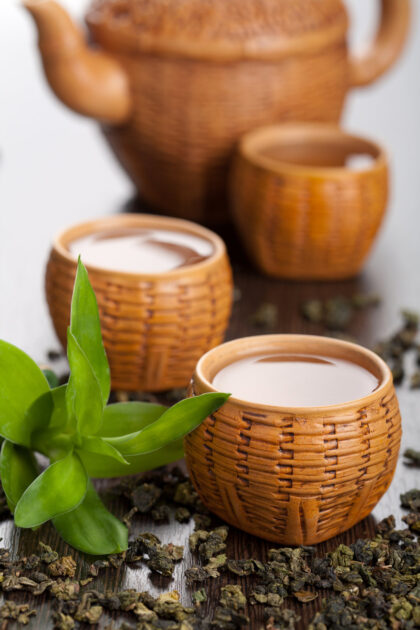
FAQs:
1. Why does green tea turn brown when brewed?
Green tea can turn brown due to oxidation of the catechins present in the tea leaves during brewing. Over brewing or using water that is too hot can also cause oxidation and discoloration of the tea.
2. Can I still drink green tea if it has turned brown?
While the brown color may not look appetizing, a little discoloration won’t make your green tea unsafe to drink as long it hasn’t gone bad or spoiled. The flavor might be slightly different but still enjoyable.
3. How can I prevent my green tea from turning brown?
To prevent browning, steep your green tea for only 2-3 minutes in water heated to around 165–185°F (74–85°C). Also, avoid leaving the steeping basket inside the teapot after infusion which causes an extra bitter taste
4. What other factors can influence the color of my brewed green tea?
Factors like storage conditions such as light exposure and moisture levels at home or the store where you bought them affect the quality & texture of brewed Green Tea. It also depends on the age/grade/freshness level/type etc offered by various vendors online/offline worldwide.
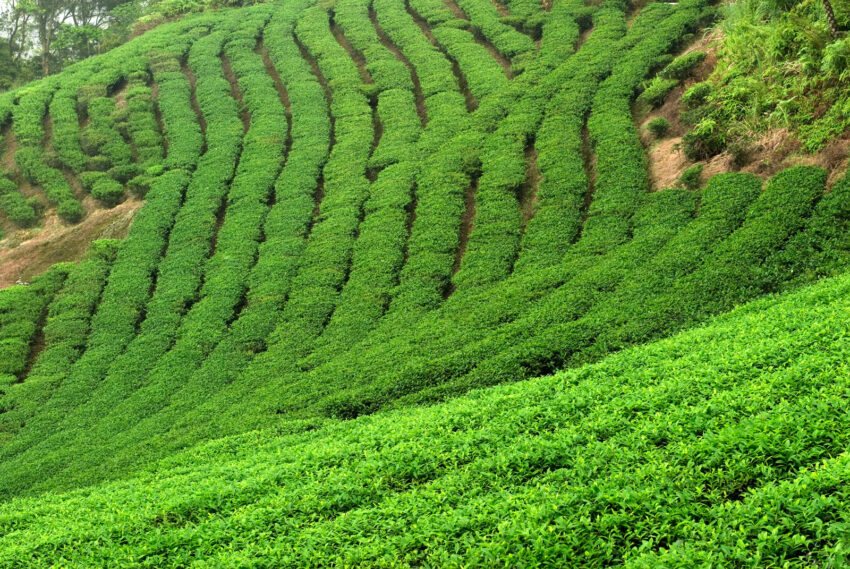
Conclusion
In conclusion, green tea can turn brown due to various factors such as over-brewing, lower-quality leaves, incorrect brewing methods, and bad water quality.
While the color change may not always affect the nutritional value of the tea, it can impact its taste and aroma. To prevent brown green tea, opt for high-quality leaves and control your brewing time and temperature.
Using filtered or soft water can also help prevent unwanted discoloration.
We hope you enjoyed this post. Cheers!
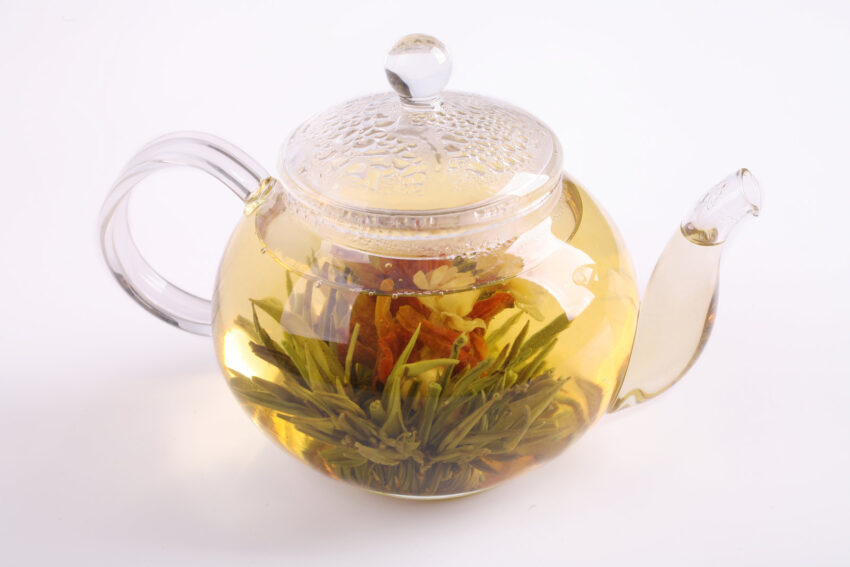
Pingback: JASMINE TEA TASTE: HOW TO ENJOY THIS EXQUISITE DRINK NOW!
Pingback: THE ALPHABETICAL LIST OF THE BEST TEAS TO TRY IMMEDIATELY -
Pingback: PANERA’S ICED GREEN TEA HEALTHY? NOW UNLOCK THE TRUTH
Pingback: The Best Tea For Sinus Issues: Use This Remedy Right Now! -